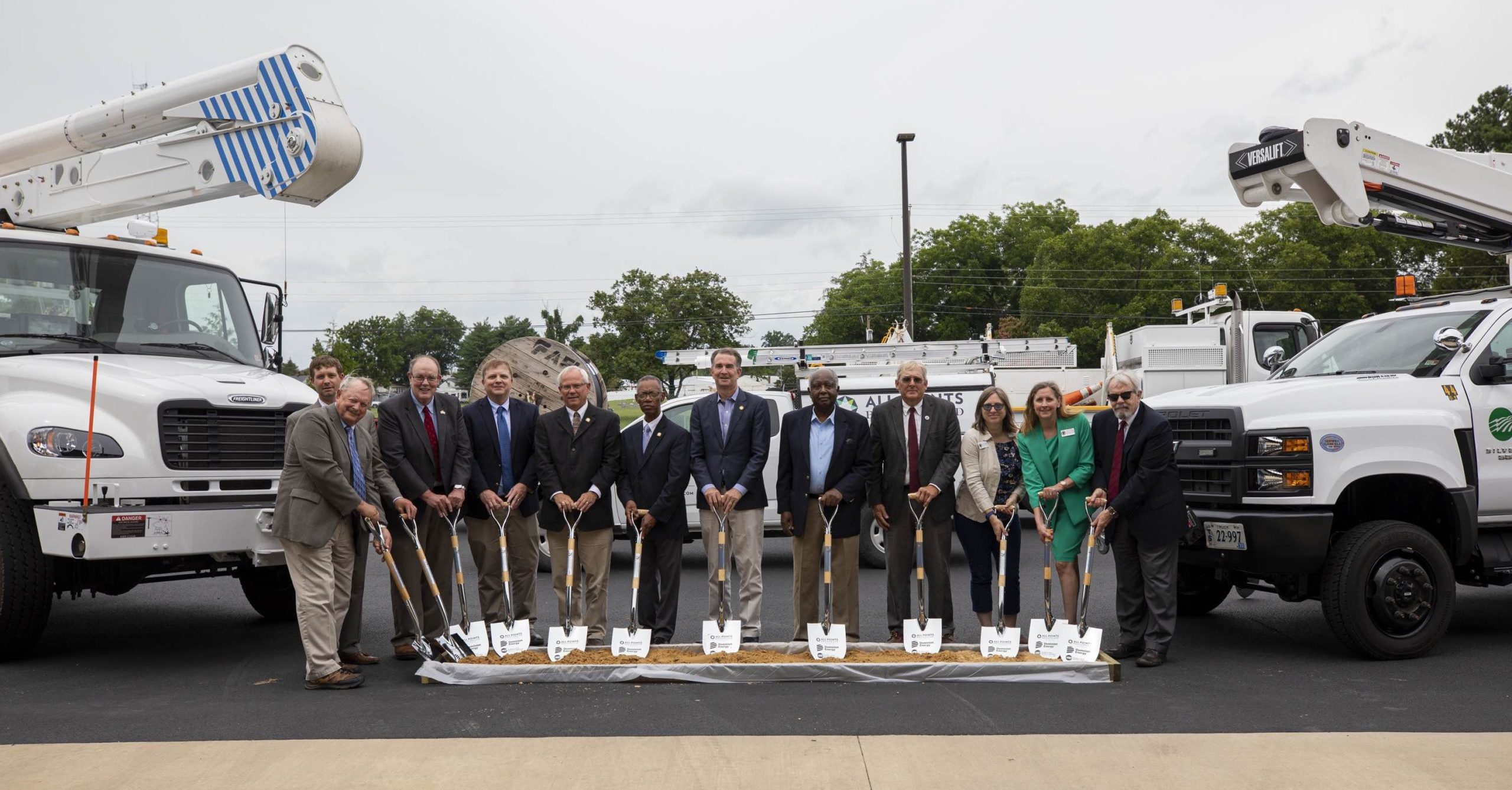Summary Background
EXECUTIVE SUMMARY
Including the Counties of Lancaster, Northumberland, Richmond, and Westmoreland, the Northern Neck Planning District Commission (NNPDC) was designated as an Economic Development District in 2000 by the United States Department of Commerce Economic Development Administration and is responsible for updating the region’s Comprehensive Economic Development Strategy (CEDS). This CEDS was adopted by the Northern Neck Planning District Commission on January 24, 2022.
Bounded by the Potomac River to the North, Rappahannock River to the South, and Chesapeake Bay to the East, the Northern Neck’s economy traditionally was supported by agriculture, fishing, and forestry. Today, those industries are present, if transformed, to include hydroponics, aquaculture, and wood processing. In recent years, the Northern Neck’s economy has become more diversified. Tourism, with supporting retail, accommodations, dining and entertainment components, is an important segment of the local economy. Additionally, the region supports businesses in marine repair and construction, precision machining, utility trailer and truss manufacturing, security training services, fiberglass pool distribution, nutrition supplement distribution, fertilizer/seed distribution, and ‘last-mile’ distribution.
CHALLENGES
The data gathered during the CEDS process reflects challenges in retaining and growing the workforce-age segment of the population, increasing regional educational (including workforce certifications) attainment, and increasing the number of sites and buildings available for economic development.
POPULATION
Population in the NNPDC totals 50,158, a decrease of less than 1% (.54%) since the 2010 census. As the most populous county, Westmoreland County’s growth almost completely offset the population decline in Richmond, Lancaster and Northumberland Counties.
SENIOR POPULATION
The proportion of the population that is over 65 is greater in Lancaster and Northumberland Counties than in Richmond and Westmoreland Counties. Lancaster’s senior population is 36.7% of the total and Northumberland’s proportion is 37.5%, both of which have increased since the 2010 census. In Richmond and Westmoreland, seniors comprise 21.1% and 26.5% of the population, respectively, which have also increased in the last 10 years. As a region, the senior proportion is 29.5% of the population. By comparison, the state’s senior population as a percentage of the total is 15.9%.
PER CAPITA INCOME
From 2015-2019, per capita incomes ranged from $22,853 in Richmond County to $40,062 in Lancaster County. Three Counties had per capita incomes below the state’s per capita income of $39,278. Per capita incomes fell over the last 10 years.
WAGES AND INCOME
The average annual wage in the Northern Neck as of 2021Q2 was $40,319, significantly below the state average annual wage of $64,607, and national average wage of $64,141. The average wage in Northumberland County was $47,170 and $35,776 in Westmoreland County with Richmond County at $39,737, and Lancaster County at $40,058. Average wages have risen modestly in the region over the last 10 years.
Median household income was highest in Northumberland County at $62,632, which approaches the national median income of $62,843. Richmond, Lancaster and Westmoreland Counties’ median incomes are $49,517, $53,711, and $53,853, respectively. The NNPDC’s median income is $55,470 while Virginia’s median household income is $74,722.
WORKFORCE PARTICIPATION
Workforce participation rates were below 50% for all counties but Westmoreland, which has the highest employment rate in the region at 55.7%. The Northern Neck’s labor participation rate fell by 6% from 2010-2020. The national percentage of the population that is employed is 63%, and Virginia’s population employed is 64%.
EDUCATION
Educational attainment has improved as 12% of the population is without a high school degree, which is down from over 20% in the 2018 CEDS. Nationally, 10% lack a high school diploma.
An average of 24% of the region’s population has a bachelor’s degree or higher, below the national average of 39%.
STRATEGIES TO ADDRESS THESE CHALLENGES
The following regional strategies have emerged to address the Northern Neck’s challenges:
BROADBAND
All industries, education, training, healthcare, and quality of life are increasingly reliant on consistent and widespread broadband coverage. In 2020, a broadband partnership among Northern Neck localities, electric utilities, and a private internet service provider was formed to provide broadband internet to the unserved areas of the Northern Neck. The project has received support from the Federal Communications Commission’s Rural Digital Opportunity Fund and the Virginia Telecommunications Initiative. The project is in the early phase of implementation.
DESIGNATION AS A NATIONAL HERITAGE AREA
The proportion of the population that is over 65 is greater in Lancaster and Northumberland Counties than in Richmond and Westmoreland Counties. Lancaster’s senior population is 36.7% of the total and Northumberland’s proportion is 37.5%, both of which have increased since the 2010 census. In Richmond and Westmoreland, seniors comprise 21.1% and 26.5% of the population, respectively, which have also increased in the last 10 years. As a region, the senior proportion is 29.5% of the population. By comparison, the state’s senior population as a percentage of the total is 15.9%.
With broadband coverage and designation as a National Heritage Area, repair and replacement of aging infrastructure, opportunities for growth will arise in the Northern Neck. Strong regional resources are available in the quality training and education offered by Rappahannock Community College, which has committed to meeting regional workforce needs. Concurrently, there are also opportunities to attract new companies to the region, as suggested by a recent report from the Virginia Economic Development Partnership.


